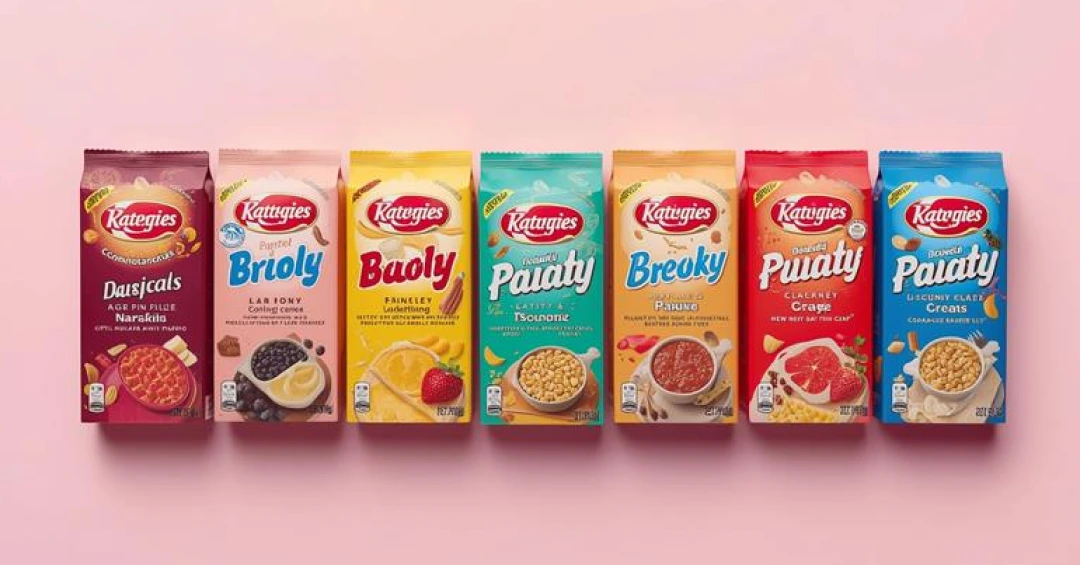Packaging artwork plays a crucial role in maintaining brand identity and consumer perception. Yet, time-to-market pressures, dependence on manual proofing, and increasing demands from regulatory bodies make proofreading packaging artwork a global challenge.
With multiple stakeholders, including designers, marketing teams, regulatory experts, and external partners, involved in the packaging artwork design process, investing in robust artwork proofing software is imperative.
The Need for Effective Artwork Proofreading
Artwork proofing allows for effective and precise artwork checks and verification, improving brand consistency, customer satisfaction, cost efficiency, and legal position.
Let’s look at each of these in detail:
- Minimizing costly errors: Effective artwork proofreading can help teams catch typographical, grammatical, or design errors in time, preventing expensive reprints or revisions. Organizations can leverage several annotations and measurement tools to inspect colors, fonts, and braille text, conduct spell checks across multiple languages, and even compare pack copies against designed artwork—thus eliminating inconsistencies and rework.
- Ensuring compliance with regulatory requirements: Artwork proofreading helps ensure compliance, especially for companies that operate in industries with strict artwork guidelines or legal requirements. Verifying that all product labels and packaging artwork correctly display essential information minimizes the chances of misleading claims and legal disputes regarding intellectual property rights and brand identity.
- Enhancing brand consistency and consumer trust: Modern artwork proofing tools enable seamless comparison of content and design on artworks and leaflets and their various versions. They ensure brand messaging, logos, and colors are appropriately used, upholding brand identity. Moreover, delivering error-free artwork enhances client trust and satisfaction, leading to repeat business.
Looking at Common Packaging Artwork Errors
Packaging artwork errors range from spelling mistakes to missing fonts. Let’s look at some of the most common ones:
- Design discrepancies: Color mismatch, font issues, or misalignment of elements can lead to inconsistencies in the overall design of the packaging artwork, negatively impacting the overall appearance of the product.
- Color inconsistencies: Low-quality ink can cause color inconsistencies, leading to inferior print results and preventing companies from using their brand colors.
- Translation errors: For products sold in multiple regions, translation errors can cause essential details, such as ingredients, usage instructions, and warnings, to be inaccurately conveyed – resulting in health risks and non-compliance fees.
- Spelling mistakes: Spelling, grammar, and punctuation errors are also commonly found in packaging artwork that is not effectively proofed, impacting brand identity and customer trust.
- Low-resolution images: Pixelated or blurred images can lead to unprofessional or poor-quality brand perception, compromising the product's overall aesthetic.
- Missing fonts: Missing or wrongly printed fonts impact brand consistency and regulatory compliance, demanding additional time and money for rectification.
- Incorrect text placement: When designing packaging artwork, there is also the risk of text being too small or too big or placed incorrectly, leading to lost trust and legal penalties.
- Bleeds: Wrong trimming, cutting, or folding can result in too much white space or text being omitted, causing the packaging artwork to look less appealing.
- Wrong printing: Wrong printing of text, especially of critical information like ingredient lists or allergens, can put consumer health at risk while attracting millions of dollars in fines.
- Incorrect barcodes: Incorrect 1D and 2D barcodes are also commonly found, which affect accurate product identification and risk compliance with international standards.
Critical Steps in Enabling Effective Proofreading
If you want to improve packaging artwork proofreading, drive efficiency, and get your products to the market faster, here are some steps to follow:
- Understand packaging guidelines: Packaging guidelines vary by product, industry, and region. Therefore, it is critical to understand all the safety, labeling, sustainability, and design guidelines to maintain compliance, boost trust, and protect your brand from legal repercussions.
- Involve multiple stakeholders: The responsibility of packaging artwork accuracy is not just on designers; everyone from project managers to legal associates must take equal accountability for ensuring every element of the packaging artwork is correct. Involving all stakeholders and providing regular communication can result in packaging artwork that ticks all the necessary boxes.
- Invest in the right digital asset management tools: Organizations with multiple product lines must invest in modern digital asset management tools to store, organize, and manage all product and packaging digital assets. Such a central system with easy search and retrieval options can provide easy access to artwork to different stakeholders and ensure accurate and timely proofreading of complex packaging artwork.
- Embrace the power of AI: Since manual proofing is vulnerable to errors and delays, embracing AI-powered proofreading tools is a great way to achieve fast and precise artwork proofing. AI tools allow teams to drive effective change management. They help teams proofread quickly, eliminate inconsistencies, and safeguard artworks against non-compliance.
- Automate review and version control: For companies that have products with multiple SKUs, automating the review and version control process is highly beneficial. Such automation can enhance artwork accuracy and minimize the time taken to bring the products to market.
- Centralize feedback: With multiple stakeholders working on packaging artwork, it is essential to centralize feedback and accelerate the artwork approval process. Such centralization ensures the views and opinions of all key players are heard, addressed, and implemented.
- Use BI for project tracking: Embracing BI tools is another great way to monitor project progress, uncover insight into issues, and take steps for quick remediation. Offering advanced 3D visualization tools and interactive reports, project managers and other stakeholders can make data-driven decisions, eliminate risks, and ensure projects stay on track.
- Conduct regular audits: Regular audits can enable teams to track all changes to packaging content and artwork review. Through regular check-ins, they can address potential issues while ensuring transparency and accountability.
Packaging artwork plays a massive role in industries like food, CPG, and pharmaceuticals. To ensure packaging artwork meets brand standards, regulatory compliance, and market expectations, organizations must drive efforts toward the effective review, modification, and final approval of packaging designs.
Packaging artwork management solutions offer a comprehensive range of modern capabilities that streamline the complex task of artwork proofreading. Learn how ManageArtworks empowers organizations with AI-powered artwork-proofing capabilities for accurate, timely, and consistent results.





.webp)
















